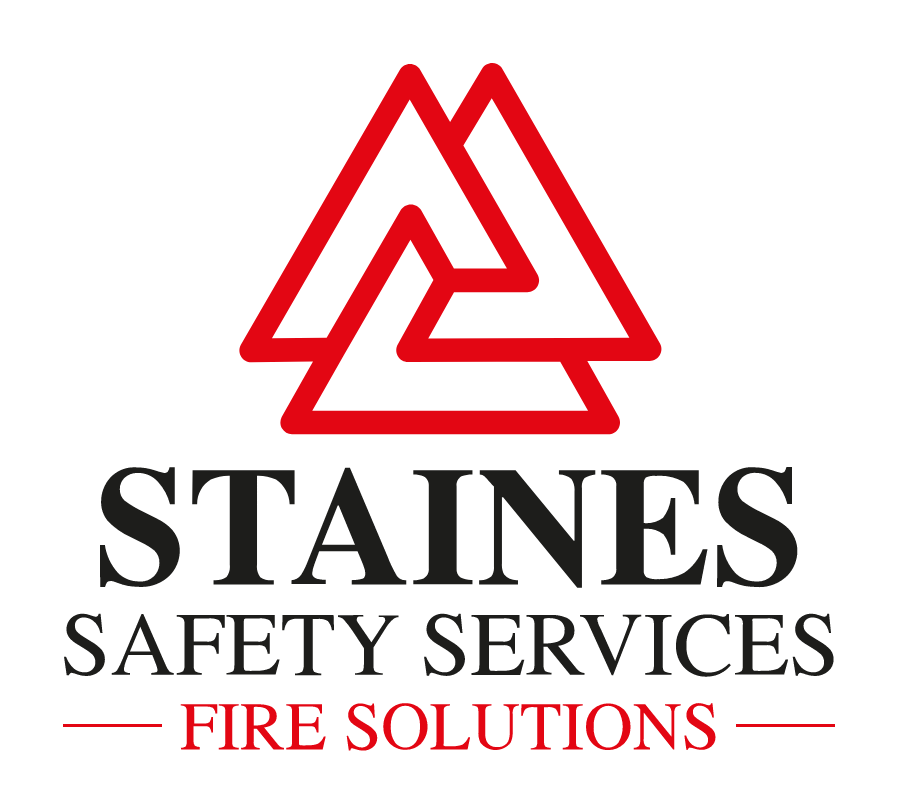
Understanding PAS 9980
In the wake of increased awareness surrounding fire safety, particularly following high-profile incidents, the importance of robust fire risk assessments has never been clearer. One crucial aspect of this is the PAS 9980 standard, which focuses on external wall fire risk assessments. This blog post will explore what PAS 9980 is, why it matters, and how it can help ensure the safety and compliance of your building.
What is PAS 9980?
PAS 9980, developed by the British Standards Institution (BSI), provides a framework for assessing the fire risk associated with external walls of buildings. It aims to offer a systematic approach to identifying potential fire hazards, evaluating the risk they pose, and providing recommendations for mitigation. This standard is particularly relevant for buildings with cladding systems, which have become a focal point in fire safety discussions.
Why is PAS 9980 Important?
1. **Regulatory Compliance**: With the Grenfell Tower fire tragedy serving as a stark reminder of the potential consequences of inadequate fire safety measures, regulatory bodies have heightened their scrutiny of building safety. Compliance with PAS 9980 can help building owners and managers ensure they meet legal obligations and industry standards.
2. **Risk Mitigation**: Conducting an external wall fire risk assessment helps identify vulnerabilities in a building’s façade that could contribute to fire spread. By addressing these risks proactively, property owners can significantly reduce the likelihood of fire incidents.
3. **Insurance Considerations**: Insurers are increasingly requiring evidence of fire risk assessments as part of their underwriting processes. Having a PAS 9980 assessment can demonstrate due diligence in fire safety, potentially easing the insurance process and reducing premiums.
4. **Tenant and Occupant Safety**: Ultimately, the primary goal of any fire risk assessment is the safety of occupants. By implementing the recommendations from a PAS 9980 assessment, building owners can provide a safer environment for residents and employees.
What Does a PAS 9980 Assessment Involve?
A comprehensive PAS 9980 assessment typically includes the following steps:
1. **Site Inspection**: A qualified assessor will conduct a thorough inspection of the building’s external walls, examining materials, construction methods, and potential fire hazards.
2. **Risk Evaluation**: The assessor will evaluate the fire risks associated with the external wall systems, considering factors such as the height of the building, proximity to other structures, and the presence of fire safety measures.
3. **Recommendations**: Based on the findings, the assessor will provide a set of recommendations aimed at mitigating identified risks. This may include remedial actions, maintenance schedules, or further investigations.
4. **Documentation**: The assessment will culminate in a detailed report that outlines the methodology, findings, and recommendations, which can be used for compliance and insurance purposes.
Choosing the Right Assessment Provider
When selecting a provider for your PAS 9980 external wall fire risk assessment, it’s essential to choose a qualified and experienced team. Look for assessors with a strong background in fire safety, a thorough understanding of building regulations, and a commitment to best practices.
Conclusion
In an era where fire safety is paramount, PAS 9980 external wall fire risk assessments play a crucial role in safeguarding lives and property. By understanding and implementing this standard, building owners can not only enhance safety but also contribute to a culture of accountability and diligence in fire risk management. If you haven’t yet conducted an assessment, now is the time to prioritise fire safety in your building. For more information either fill in the contact form below or call 07885982771 now!
